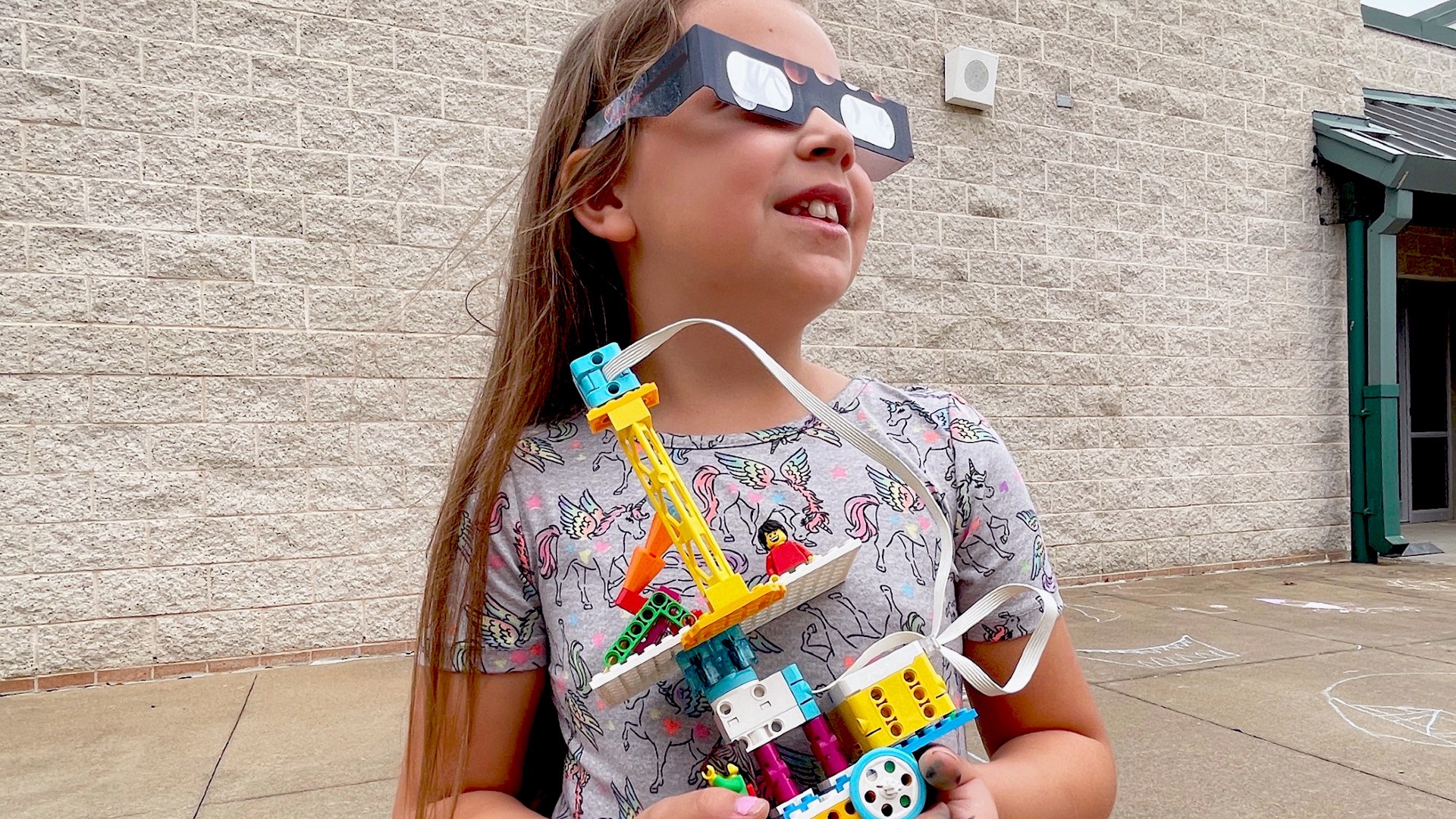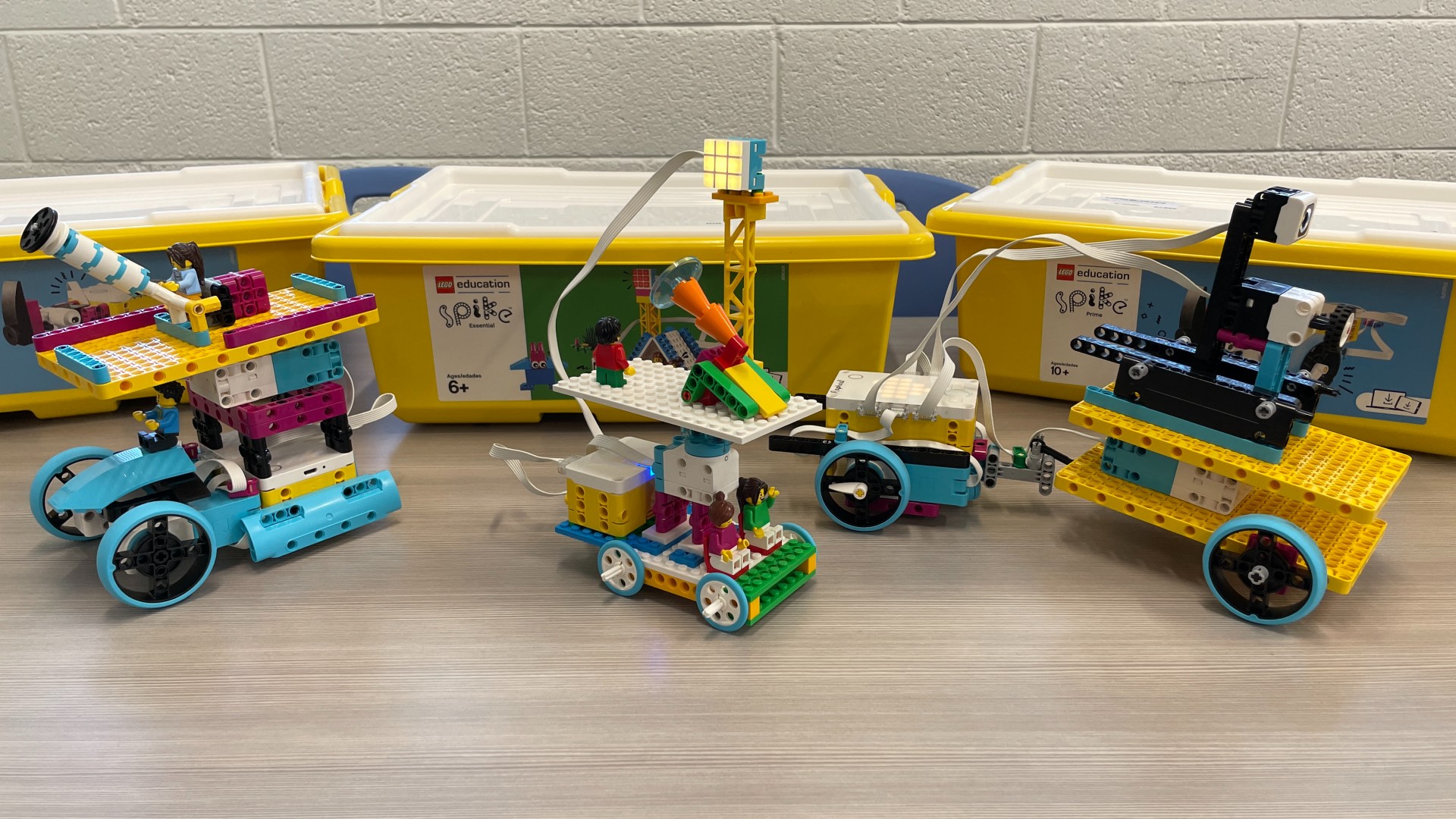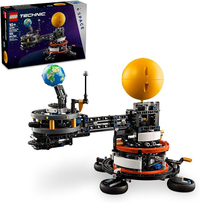Lego Education Eclipse Collection teaches students about April 8 total solar eclipse
Lego Education has launched a new solar eclipse education collection featuring special activities to engage students in the upcoming total solar eclipse on April 8.

Lego Education has launched a new solar eclipse education collection featuring special activities to engage students in the upcoming total solar eclipse on April 8.
On Monday, April 8, 2024, a total solar eclipse will pass over Mexico, 15 U.S. states and Canada. A solar eclipse occurs when the moon passes between Earth and the sun, casting a shadow on Earth's surface. For those in the path of totality, the moon appears almost exactly the same size as the sun, so it blocks the entire disk for a few minutes. However, on April 8, all of North America will experience at least a partial solar eclipse, weather permitting.
The Lego eclipse collection includes activities to help students learn about the science behind this unforgettable event. The activities were created by teachers for teachers, and can be completed using Lego bricks, Lego Education sets or common classroom materials, making them flexible and fun for all grades and subjects, according to the Lego Education announcement.
Related: Total solar eclipse 2024: Everything you need to know
LEGO Technic Planet Earth and Moon in Orbit: $74.99 from Amazon
This detailed and interactive Lego model teaches kids of all ages how the Earth/moon system works during its orbit around the sun. When the crank on the kit's base is turned, the Earth rotates, the moon orbits around the Earth and both the Earth and moon orbit around the sun. It even includes a moon phases chart!
The solar eclipse exploration activity includes four mini missions that focus on concepts of motion and light. The missions encourage students to design and engineer Lego structures that simulate an eclipse. The activities guide students through creating models of the Earth, sun and moon; learning about how shadows are cast by blocking light, and creating a pinhole projector to view a solar eclipse safely.
"Students always want to know how anything relates directly to THEM and THEIR lives," Jillian Johnson, a STEM Education Professional and creator of the Solar Eclipse Exploration activity for Lego Education, said in the announcement. “When my students are given the opportunity to apply what they are learning to real-world experiences, they not only understand the concepts more deeply, but other aspects of themselves as an individual learner also become strengthened.”
Another activity from the Lego Education eclipse collection encourages students to design a mobile observatory. The activity includes resources such as question prompts and design guidelines, demonstrating how tools like telescopes help scientists study celestial phenomena like the solar eclipse.
Get the Space.com Newsletter
Breaking space news, the latest updates on rocket launches, skywatching events and more!

Other activities in the eclipse collection include graphing the amount of darkness and light in a month, and designing and building a messaging device that uses light or sound to communicate over a distance and controlling a light matrix to show images and write words. All of the eclipse activities can be accessed online for free.
Keep up to date with the latest eclipse content on our eclipse live blog and watch all the total eclipse action unfold live here on Space.com.
Editor's Note: If you snap an amazing solar eclipse photo and would like to share it with Space.com's readers, send your photo(s), comments, and your name and location to spacephotos@space.com.
Join our Space Forums to keep talking space on the latest missions, night sky and more! And if you have a news tip, correction or comment, let us know at: community@space.com.

Samantha Mathewson joined Space.com as an intern in the summer of 2016. She received a B.A. in Journalism and Environmental Science at the University of New Haven, in Connecticut. Previously, her work has been published in Nature World News. When not writing or reading about science, Samantha enjoys traveling to new places and taking photos! You can follow her on Twitter @Sam_Ashley13.










